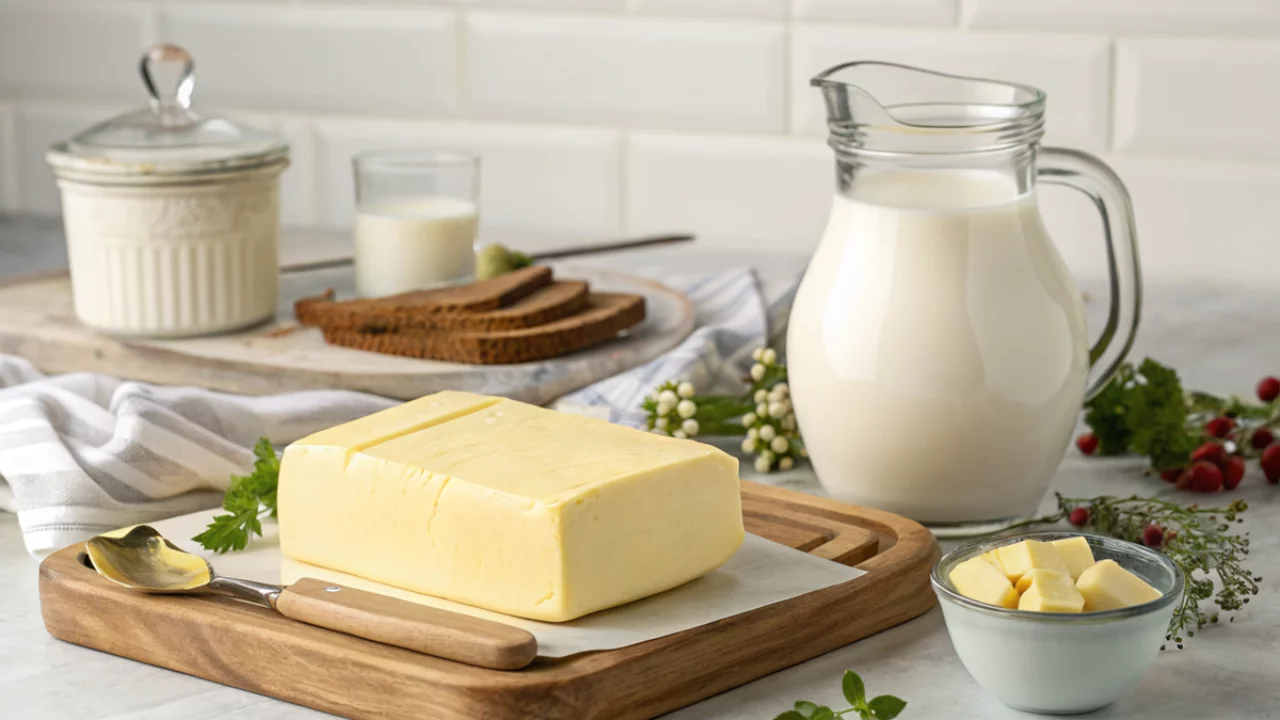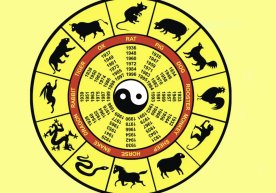The benefits and harms of butter: myths and reality

Real butter is a product made from fatty cream. It is rich in vitamins A, D, E, K, omega-3 fatty acids, and beneficial trace elements. Real, high-quality butter is made only from natural ingredients, so it is a mistake to consider it a harmful product.
Today we analyze the most popular myths about butter and tell you how to choose a quality product.
Myth #1: Butter raises cholesterol and causes cardiovascular diseases
Reality: Natural butter does contain saturated fats, but modern research shows that moderate consumption of high-quality butter has a neutral effect on blood cholesterol. Moreover, some types of fats improve metabolism and have a positive effect on brain health.
Myth #2: Butter leads to weight gain
Reality: Excessive calorie intake affects body weight regardless of the type of product. However, farmer-made natural butter contains important B vitamins necessary for the body. The key is moderation and taking into account the total number of calories in the daily diet.
Myth #3: All butter is of the same quality
Reality: The quality of butter depends on the cows’ living conditions, their diet, and the production method. Farms with great experience offer products made by hand and in small batches. This guarantees a high content of beneficial elements and exceptional taste.
How to choose quality butter
1. Composition
Good butter contains only one ingredient — cream. If the packaging lists additional ingredients — such as vegetable oils, stabilizers, or flavorings — it is better to refuse such a product.
The simpler the composition, the higher the quality of the product.
2. Color
The color of quality butter ranges from light yellow to creamy. A bright yellow color indicates the presence of carotenoids in the milk, which appear due to cows being fed fresh grass. A whitish tint is more common in winter when the animals’ diet changes.
3. Consistency
Natural butter has a dense consistency, spreads easily, but does not smear. Liquid or very hard butter likely contains a lot of water or is industrially produced with added preservatives.
4. Smell and taste
A fresh creamy smell and a slight sweet taste indicate high quality. A sharp sour smell or bitterness indicates a violation of production technology or improper storage.
How to check the quality of butter at home?
Boiling method
Heat a small piece of butter in a water bath or microwave until completely melted. Quality butter melts evenly, forming a transparent golden liquid without sediment or impurities.
Slice test
Cut a thin slice of butter and look at the surface of the cut. Good butter has a smooth, shiny surface, without ice or moisture grains. The presence of drops of liquid or lumps means the product is of low quality.
Checking the smell
Bring the butter close to your nose and smell it. Freshness and a light cream smell are signs of quality. A sour or rancid smell signals spoilage.
Useful tips for storing and using butter
Storage is important for maintaining the quality of butter. Here are some recommendations:
- Store butter in a cool place, preferably in the refrigerator, away from light and heat.
- Use an airtight container or special butter dish to protect from air exposure.
- Consume butter within two weeks after opening the package.
- High-quality, fresh butter will give a special taste and aroma to your favorite dishes.
Ctrl
Enter
Found a mistake?
Select the phrase and press Ctrl+Enter 





















